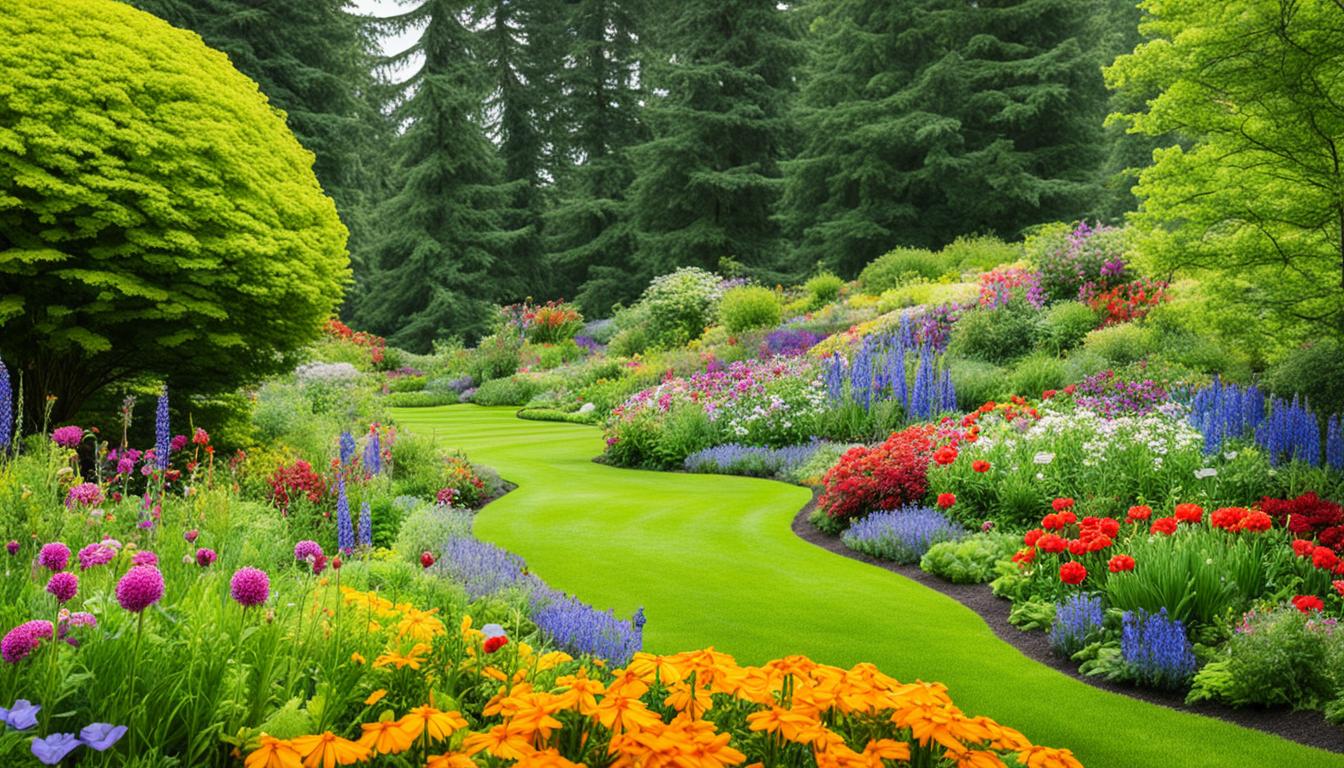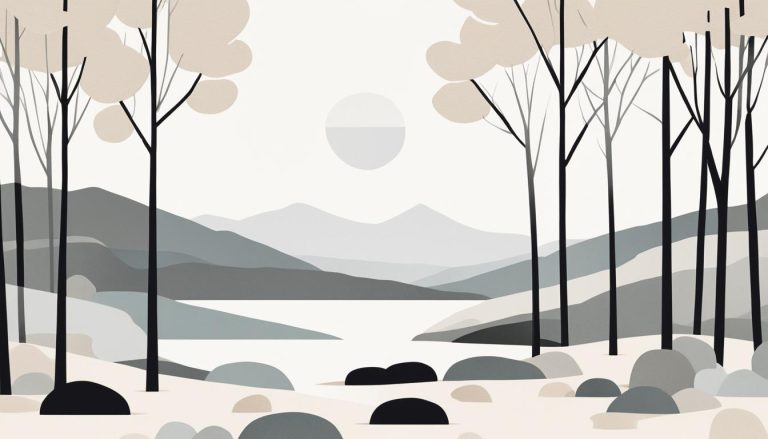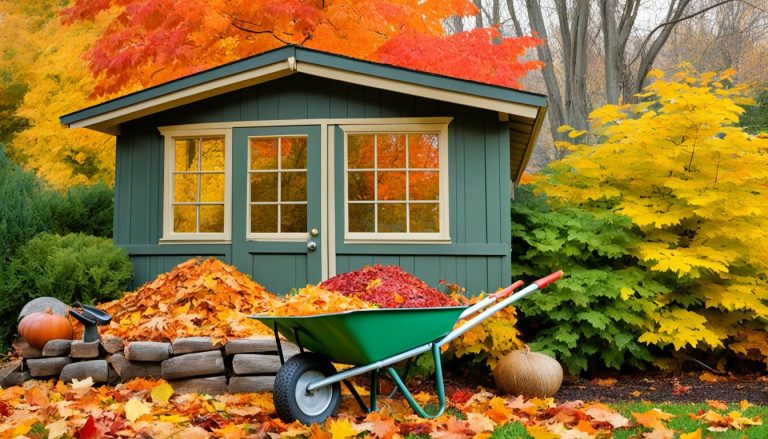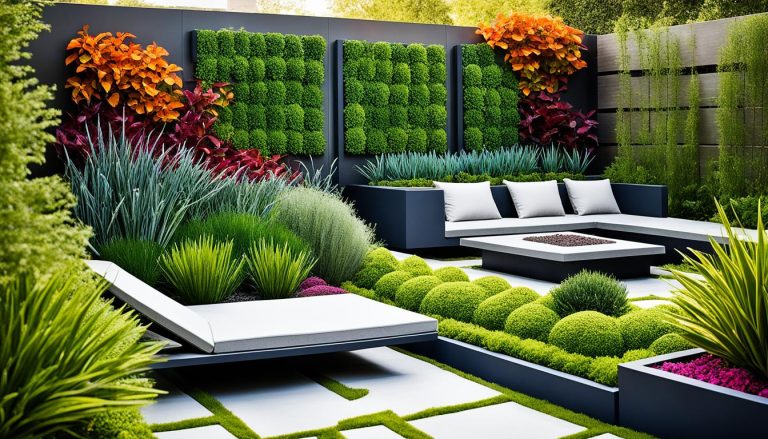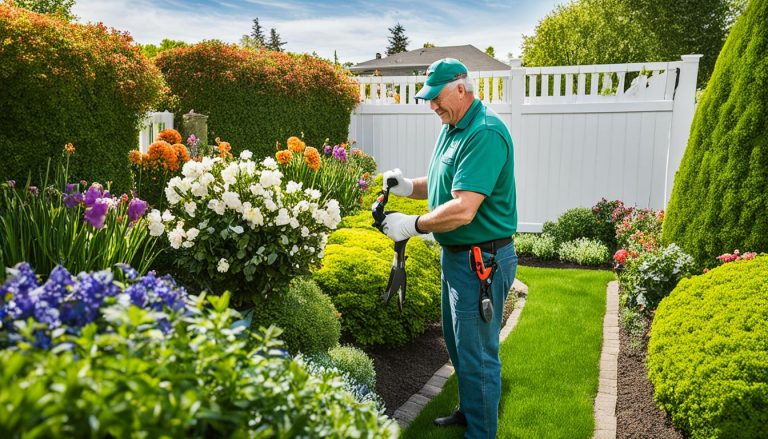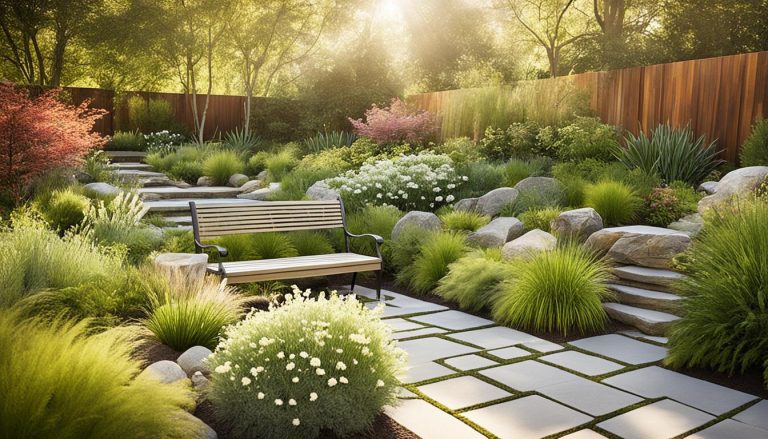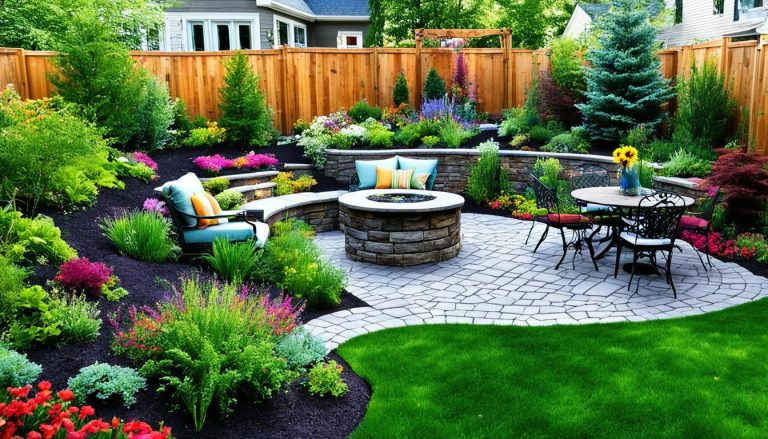From Dream to Reality: Landscaping Design Inspirations
Welcome to the world of landscaping design inspirations! Are you ready to transform your outdoor space into a breathtaking backyard paradise? Whether you have a small garden or a sprawling yard, these ideas will help you create a beautiful and functional landscape that suits your style and needs.
Imagine stepping outside your home into an oasis of tranquility, where the colors, scents, and textures of nature surround you. With the right landscaping design inspirations, your outdoor space can become a haven for relaxation, entertainment, and connection with nature.
From vibrant flower beds to tranquil water features, from intimate seating areas to functional outdoor kitchens, the possibilities are endless. Whether you have a green thumb or are new to gardening, you can create a captivating landscape that will be the envy of your neighborhood.
In the sections to follow, we will guide you through the process of bringing your landscaping design inspirations to life. We will explore themes that bring a sense of cohesion to your outdoor space, uncover ways to maximize your outdoor living areas, and delve into sustainable practices that benefit both you and the environment.
Get ready to embark on a journey of creativity and exploration as we discover the secrets to turning your backyard into a paradise. Let’s dive in!
Creating a Theme
A well-chosen theme can bring a sense of cohesion to your landscape design. When planning your outdoor space, it’s important to select a theme that reflects your personal preferences and harmonizes with the architectural style of your home. By carefully incorporating different design elements such as plants, colors, and materials, you can create a visually appealing and harmonious outdoor oasis.
One popular option for a cohesive theme is a Mediterranean-inspired garden. With its warm color palette, lush greenery, and charming architectural details, this theme evokes the relaxed and inviting ambiance of the Mediterranean coast.
“The key to creating a cohesive Mediterranean-themed garden is to focus on incorporating elements that are characteristic of the region. This includes using plants such as olive trees, lavender, and bougainvillea, as well as opting for warm tones like terracotta and sandy beige in your hardscaping.”
Another design theme that can bring unity to your landscape is a minimalist approach. With its clean lines, simplicity, and emphasis on space, a minimalist garden design creates a serene and sophisticated atmosphere.
“In a minimalist garden, less is more. Choose a limited color palette and focus on utilizing sleek and modern materials like concrete and metal. Incorporate geometric shapes and create defined spaces to achieve a minimalist aesthetic.”
Remember, the theme you choose should reflect your personal style and preferences. Whether you opt for a lush and tropical theme, a timeless and formal approach, or a whimsical and eclectic design, the key is to ensure that all the design elements work together harmoniously.
Exploring Different Design Elements
When creating a cohesive theme for your landscape design, it’s important to consider various design elements that contribute to the overall aesthetic. By carefully selecting and combining these elements, you can achieve a visually stunning and harmonious outdoor space.
Plants: The selection of plants plays a vital role in defining the theme of your landscape. Choose plants that suit your chosen theme and complement each other in terms of color, size, and texture. Consider the growth patterns and maintenance requirements of the plants to ensure they thrive in your desired outdoor setting.
Colors: The color palette you choose can greatly enhance the overall theme of your landscape. Consider the mood you want to create and select colors that harmonize with your theme. For example, vibrant and tropical colors can create a lively and energetic atmosphere, while soft pastels can evoke a peaceful and serene ambiance.
Materials: The materials you use in your landscape design contribute to the aesthetic and functionality of your outdoor space. From natural stone and wood to concrete and metals, the choice of materials should align with your chosen theme. Consider the durability and maintenance requirements of the materials to ensure they withstand the elements and stand the test of time.
By carefully considering these design elements and ensuring they work together harmoniously, you can create a landscape that not only looks beautiful but also reflects your personal style and preferences.
Maximizing Outdoor Living Spaces
Outdoor living spaces have become a popular trend among homeowners, offering a versatile area for relaxation and entertainment. With the right landscaping design inspirations, you can transform your backyard into a functional and inviting extension of your home. By incorporating various elements such as cozy seating areas, fire pits or outdoor kitchens, and water features, you can create an outdoor oasis that combines both functionality and relaxation.
Creating Cozy Seating Areas
One of the key aspects of optimizing your outdoor living space is creating comfortable seating areas. This allows you and your guests to relax and unwind while enjoying the beauty of nature. Consider incorporating durable and weather-resistant furniture that complements the overall theme of your landscape design. You can use materials like rattan, wicker, or teak for a natural and inviting ambiance. Don’t forget to accessorize with pillows and cushions to add an extra touch of comfort.
Adding Fire Pits or Outdoor Kitchens
Fire pits or outdoor kitchens can add both functionality and style to your outdoor living space. A fire pit provides warmth and creates a cozy atmosphere, perfect for chilly evenings or gatherings with friends and family. Meanwhile, an outdoor kitchen allows you to cook and entertain outdoors, eliminating the need to constantly go back and forth between your indoor kitchen. Consider installing a grill, a small sink, and a countertop for food preparation.
Incorporating Water Features
Water features, such as fountains or small ponds, can bring a sense of tranquility and serenity to your outdoor space. The sound of flowing water can create a soothing atmosphere, helping you unwind and relax. Consider incorporating a water feature that complements your overall landscape design, whether it’s a modern and minimalistic fountain or a natural-looking pond with aquatic plants. The placement of the water feature should be strategic, creating a focal point and enhancing the visual appeal of your outdoor living area.
By maximizing your outdoor living spaces, you can create a functional and inviting area that allows you to make the most of your backyard. Whether you’re looking to host gatherings or simply enjoy some quiet time surrounded by nature, these landscaping design inspirations can help you transform your outdoor space into a haven of relaxation and enjoyment.
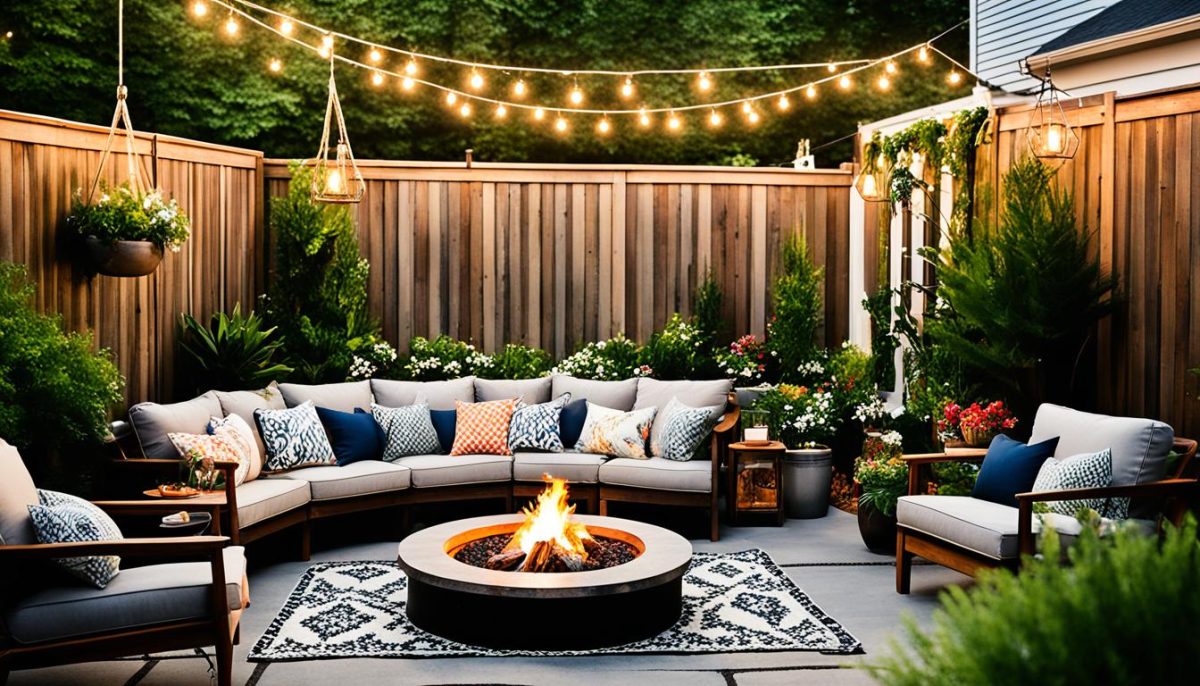
Sustainable Landscaping Design
As environmental concerns continue to grow, it’s essential to consider sustainable options when designing your landscape. By incorporating eco-friendly practices and utilizing native plants, you can create a beautiful outdoor space that not only enhances your property but also minimizes the environmental impact.
One of the key aspects of sustainable landscaping design is the use of native plants. These plants are adapted to the local climate and require less water, fertilizer, and maintenance compared to non-native species. By incorporating native plants into your garden, you can conserve water, support local wildlife, and promote biodiversity.
In addition to native plants, there are various water conservation techniques that you can implement in your landscape. From installing rain barrels and drip irrigation systems to designing efficient drainage systems, these practices can help reduce water waste and promote a more sustainable water usage.
When it comes to materials, opting for eco-friendly choices can make a significant difference. Using recycled or reclaimed materials for hardscaping elements, such as pathways or patio furniture, not only reduces waste but also adds unique character to your outdoor space. Additionally, choosing sustainable decking options, such as composite or reclaimed wood, can contribute to a more eco-friendly landscape.

